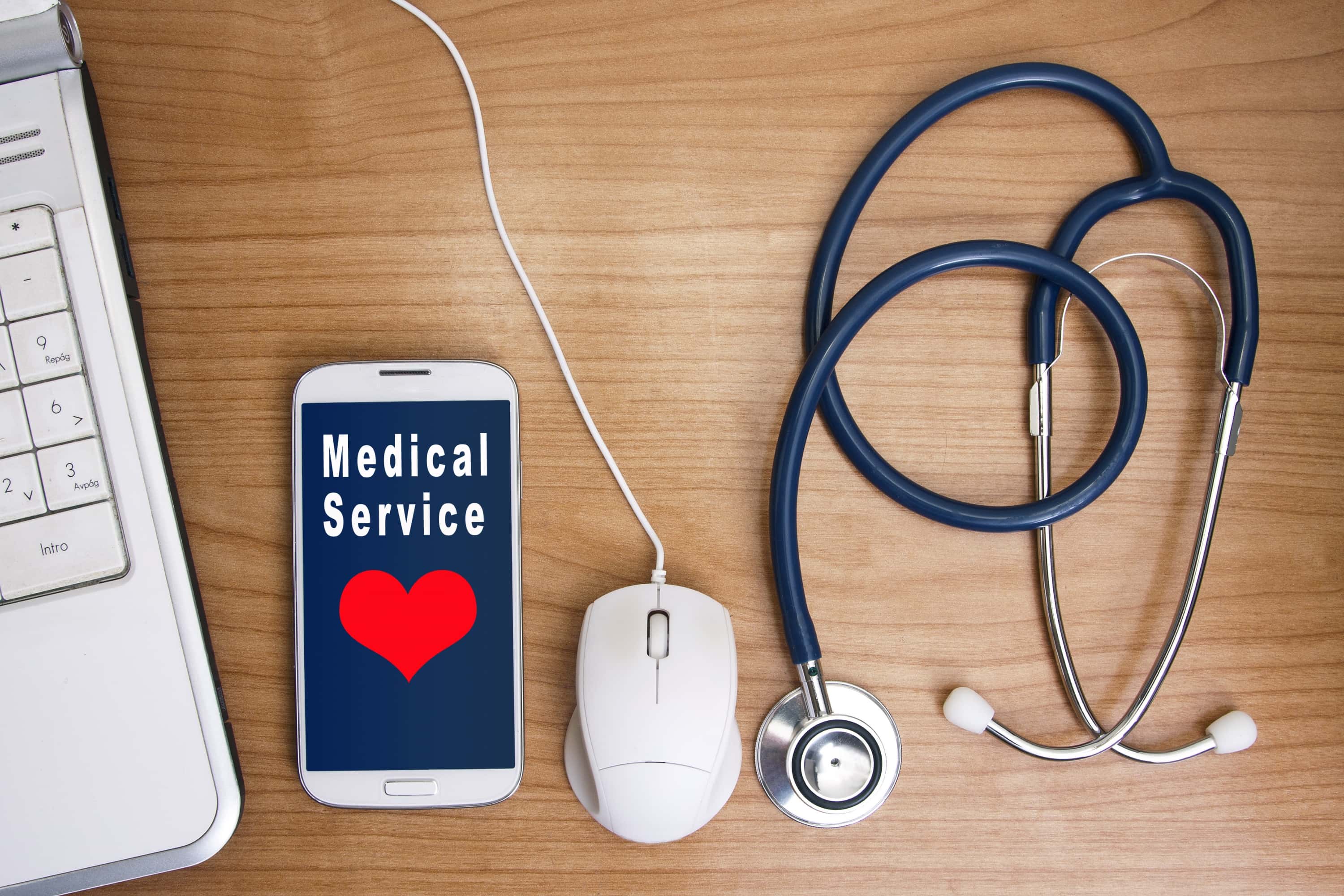
“When physicians are active on social media sites, it affords them with an additional opportunity to reach patients and impact the daily choices that patients make…social media is a simple way to reach hundreds of thousands of patients —and it only takes minutes.” In a recent interview in Forbes Magazine , Dr. Kevin Campbell details the ways in which physicians can connect with patients via social media. Dr. Campbell, as a clinician, physician executive leader, and spokesperson, is an avid advocate of social media use in the healthcare space. He is not the only one beginning to shift the landscape on the diverse applications of social media. Hospitals, third-party applications, and medical research institutions are beginning to integrate social media into their patient engagement frameworks, demonstrating a larger systematic change in the way providers are able to connect with patients.
In recent years, hospitals have begun to implement social media use in an effort to extend care beyond the confines of the facility walls. For example, the Mayo Clinic, a nationally renowned hospital and research institution, currently has 1.7 M followers on Twitter. The content the account produces varies from the scientific to the humanistic, with pieces on the essential nature of blood tests, new research in behavioral therapy, and signs and symptoms of strokes to touch on the former, and personal stories to address the latter. In addition to these posts, the account also serves as a forum to celebrate health-related national events, such as Ovarian Cancer Awareness Month. It is perhaps these posts that generate the most feedback from consumers on the Internet, as patients recognize and respond to the hospital’s personal tone. With each post, the Mayo Clinic engages more with current and potential patients in a forum that is both comfortable and familiar. Massachusetts General Hospital (MassGen) in Boston, MA has built upon existing social media foundations to create their own platform via application. Bringing together clinicians, software developers, and communications specialists alike, MassGen worked to produce a phone application that allows users to locate the closest emergency room to them — regardless of whether it was affiliated with MassGen Hospital. In creating this application, MassGen reaffirmed its commitment to patients first, while also lowering the bar to accessing care. Whether it is aligning with current social media platforms to spread medical information, or producing new platforms to assist patients, it is evident that hospitals are joining the ranks of social media in healthcare — and it is clear the managed care organizations, such as anesthesia management companies, will likely be the next to follow.
Third-party applications (apps) also have a role in the integration of social media into medicine. Independent, secure apps can work at either the provider or patient level to ensure a smooth journey as the patient moves through the system. These apps have the advantage of independence from both parties, meaning they have an objective approach to securing care. Potential actions the app may initiate include scheduling appointments; pharmacy updates; quick messaging functionality between clinicians and patients; medication administration reminders; and health condition calendar tracking. Because apps are typically used from patients’ own devices, which often require both a passcode and a personal identification, the question of patient confidentiality piece is deftly addressed.
Furthermore, the barrier to communication is lifted because patients can communicate with their providers or generate actionable items online, from the comfort of their own home. In effect, the patient is urged to engage with his or her health provider in a low investment way, requiring few in-person meetings or telephone calls. These apps can also improve the standards of care received at home, ensuring that a patient does not miss a pharmacy delivery or dosages of medications. Therefore, the rise of hospitals and providers utilizing third-party apps to ameliorate medical care is an exemplification of increased patient engagement via social media.
From a slightly different perspective, medical research institutions are beginning to increase social media use for research purposes. Institutions like these primarily use social media for study subject recruitment and enrollment, which are often the most time-intensive stages of the clinical study processes. This recruitment strategy is most effective when investigators are targeting adults or adolescents, as those are the highest users of social media by demographic. Moreover, the strategy can also be used to address potential study participants of all age and condition, simply by spreading the message about the study.
In all cases, strict adherence to patient confidentiality and the needs of the patient are of course the highest priority when utilizing any form of social media in a healthcare space. However, when utilized effectively, social media can streamline systems of care, increase patient engagement, and ensure an optimal experience for both patients and providers on the journey of care.

